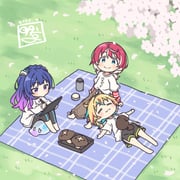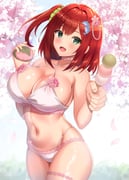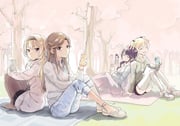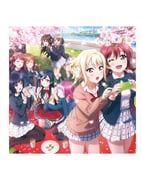hanami
A traditional Japanese custom of sitting among newly bloomed cherry or plum trees in the early spring (ranging from late March through late April from the south to north of Japan's main islands, and in January in Okinawa). It is often accompanied by picnicking, drinking, and other activities.
The appeal of viewing tree blossoms itself is found in the very brief period of flowering, which lasts seldom over a week before the petals have all fallen, and the leaves of their trees begin to sprout. This is considered a symbolic motif representing the beauty and impermanence of life. Owing to the cultural significance of the practice, Japan's national weather service keeps an annual forecast to inform the public as to when cherry trees are predicted to blossom.
Viewing plum blossoms (ume) is an older practice which started in the Nara period, and was eclipsed during the Heian period by the popularity of viewing cherry blossoms. Many older Japanese today prefer ume viewing (sometimes known as 梅見, umemi), as they find that sakura viewing parties may be too crowded and raucous.
External links
The following tags are aliased to this tag: cherry_blossom_viewing, flower_viewing, and ohanami (learn more).








